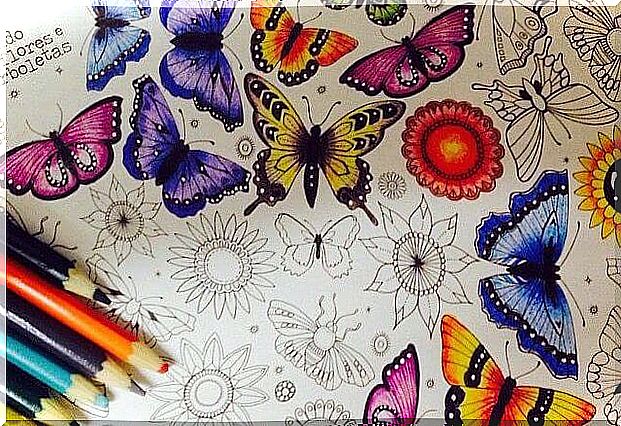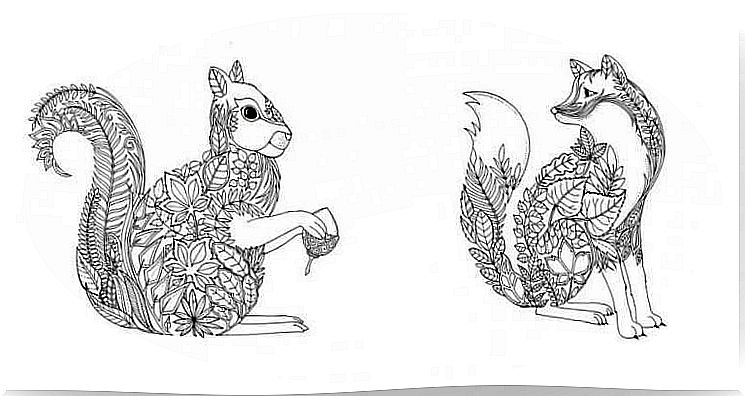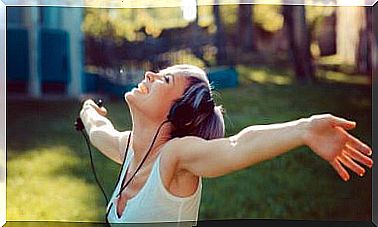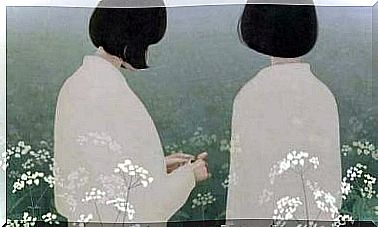Coloring, A Therapeutic Pleasure

Coloring, the simple act of illuminating bare surfaces, has more than a creative purpose. It is an exercise of liberation, of connection with our own interior …
It is quite possible that you associate the exercise of coloring with childhood. The smell of pencils and those drawings ready to come to life are undoubtedly a very dear past for all of us. Now, you will be interested to know that in recent years this endearing art has become more than just a task exclusively aimed at children.
Beyond the clinical field, the relevance that this trend is acquiring has led to the beginning of the publication of fantastic coloring books aimed at the adult public. Purpose? They call it the anti-stress art, but the truth is that it goes much further.
Coloring this type of drawing is to guide our mind through satiny universes of fantasy, of magical simplicity, in which , to disconnect from daily problems and enjoy an act as simple as painting a series of complex drawings.
Young authors like Johanna Basford represent today a trend with great repercussion. Two of his books: “The Secret Garden” and “The Enchanted Forest” are an example of a successful publishing house where millions of adults have been captivated by this art as therapeutic as it is liberating.

Coloring, a therapy with many clinical benefits
Although it is true that the recent success of these types of books almost always seeks an audience that wants to enjoy only the simple art of drawing and painting, the exercise of coloring has long been of great importance in the field of cognitive rehabilitation .
- People with various types of dementia or neurological diseases can benefit from this exercise that improves psychomotor coordination, or spatial orientation.
- It is a simple exercise that induces the person in a state of inner tranquility where to develop basic cognitive processes such as concentration on a task, creativity and motivation.
- It establishes an inner connection, where the mind leaves the outer environment for a moment and in the background, to remain suspended in that personal dimension where to harmonize sensations through color, where to relieve anxiety or stress.
- Children with different types of needs and deficiencies can benefit, for example, from the exercise of coloring mandalas, a task already well established at a psychopedagogical level.
Coloring, a simple act of daily liberation
Why not? Those who are faithful followers of this art, point out that it is a task as relaxing as it is pleasant. The act of opening some nude colored pages but where we are invited to immerse ourselves in complex fantasy worlds, is already something exciting in itself.

Some choose the marker, others the colored pencils or crayons. Anyway, the view is always unanimous: we are facing an art form qu and manages a very elementary way stress to the offer all of these dimensions:
- In the act of coloring we put the two hemispheres into operation, imagination is coordinated with logic, precision with inventiveness, concentration with inner liberation.
- It is not necessary to color to free ourselves from stress in a compulsory way, that is, these books are not only acquired by those who lead a life marked by pressure and anxiety. Not at all . Most choose them for their aesthetic beauty, and because painting, in turn, evokes that artistic and creative side that we all have.
- Each person has some concerns and immerses himself in these drawings either out of curiosity or because he feels passion for art. Be that as it may, the agreement appears to be unanimous on the “relaxing” benefits.
Sometimes, when different types of more guided therapy often fail, exercises such as coloring allow the person to enjoy a small moment of independence as well as solitude. That connection that is established with our interior can become a very cathartic exercise.
As a curious fact we will tell you that Carl Gustav Jung delved into the art of coloring mandalas. According to him, circular images exert a healing process for the soul, hence their magic. That is why the vast majority of books that are sold today always include fascinating representations where the circular shape is almost never missing. They are still implicit mandalas.
When one draws, or paints, the mind is exercised. What we do first is look for information, we internalize the drawing itself, and then we choose the colors based on personal orientations. And while we do it, we meditate, organize ideas and release tension… Could there be something better?
Images courtesy of Johanna Basford.









